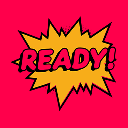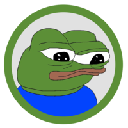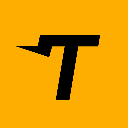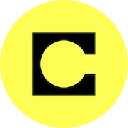-
 bitcoin
bitcoin $122288.232522 USD
0.16% -
 ethereum
ethereum $4480.662914 USD
-0.22% -
 xrp
xrp $2.962747 USD
-2.32% -
 tether
tether $1.000120 USD
-0.05% -
 bnb
bnb $1145.654223 USD
-2.07% -
 solana
solana $227.105217 USD
-1.67% -
 usd-coin
usd-coin $0.999548 USD
-0.02% -
 dogecoin
dogecoin $0.250875 USD
-2.04% -
 tron
tron $0.340654 USD
-0.49% -
 cardano
cardano $0.837968 USD
-2.52% -
 hyperliquid
hyperliquid $48.960449 USD
0.06% -
 chainlink
chainlink $22.049280 USD
-1.33% -
 ethena-usde
ethena-usde $1.000404 USD
0.02% -
 sui
sui $3.586212 USD
0.20% -
 avalanche
avalanche $29.894916 USD
-4.18%
What are the skills for perpetual contract trading?
To succeed in perpetual contract trading, traders require a fusion of technical analysis, risk management, order execution proficiency, psychological fortitude, market research acumen, advanced trading techniques, and an unwavering commitment to ongoing learning.
Oct 21, 2024 at 07:35 pm

Perpetual contracts, also known as perpetual futures, are financial instruments that allow traders to speculate on the future price of an underlying asset without an expiry date. Mastering perpetual contract trading requires a combination of technical skills and strategic thinking. Here are the essential skills needed for success:
1. Technical Analysis and Charting- Understand candlestick charts and identify key patterns, such as support and resistance levels.
- Use technical indicators, such as Bollinger Bands, moving averages, and RSI, to analyze market trends and predict price movements.
- Interpret order book depth and identify potential areas of liquidity and price volatility.
- Establish clear risk parameters, including stop-loss and take-profit orders, to manage potential losses effectively.
- Determine the appropriate position size based on account balance and risk tolerance.
- Monitor trades closely and adjust positions as market conditions change, or exit losing trades promptly.
- Understand different order types, such as market, limit, and stop orders, and their impact on trade execution.
- Select the appropriate order based on trading strategy and market conditions.
- Manage entry and exit points seamlessly to optimize profitability.
- Control emotions and avoid decision-making based on fear, greed, or revenge trading.
- Stick to a trading plan and execute trades in a disciplined manner.
- Manage stress levels and take breaks when necessary to maintain focus and clarity.
- Stay informed about macroeconomic factors, industry trends, and company-specific news that may impact the underlying asset's price.
- Monitor geopolitical events and economic data releases that can cause market volatility.
- Use market sentiment indicators, such as the open interest and funding rates, to gauge market bias and potential price movements.
- Use advanced trading strategies such as scalping, day trading, or range trading based on market conditions and trading style.
- Implement position sizing techniques to optimize risk and reward based on market volatility and expected returns.
- Leverage leverage effectively while understanding the associated risks and managing it responsibly.
- Dedicate time to ongoing education in financial markets, trading strategies, and technical analysis.
- Attend webinars, read industry articles, and participate in online forums to stay updated with the latest developments.
- Seek mentorship from experienced traders to gain valuable insights and best practices.
By mastering these skills and continuously enhancing one's knowledge and experience, traders can increase their chances of success in perpetual contract trading.
Disclaimer:info@kdj.com
The information provided is not trading advice. kdj.com does not assume any responsibility for any investments made based on the information provided in this article. Cryptocurrencies are highly volatile and it is highly recommended that you invest with caution after thorough research!
If you believe that the content used on this website infringes your copyright, please contact us immediately (info@kdj.com) and we will delete it promptly.
- BlockDAG, DOGE, HYPE Sponsorship: Crypto Trends Shaping 2025
- 2025-10-01 00:25:13
- Deutsche Börse and Circle: A StableCoin Adoption Powerhouse in Europe
- 2025-10-01 00:25:13
- BlockDAG's Presale Buzz: Is It the Crypto to Watch in October 2025?
- 2025-10-01 00:30:13
- Bitcoin, Crypto, and IQ: When Genius Meets Digital Gold?
- 2025-10-01 00:30:13
- Stablecoins, American Innovation, and Wallet Tokens: The Next Frontier
- 2025-10-01 00:35:12
- NBU, Coins, and Crypto in Ukraine: A New Yorker's Take
- 2025-10-01 00:45:14
Related knowledge
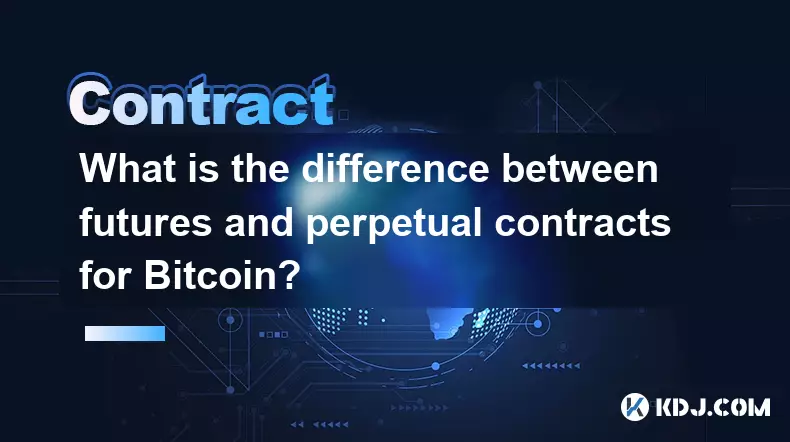
What is the difference between futures and perpetual contracts for Bitcoin?
Oct 02,2025 at 11:54pm
Understanding Bitcoin Futures Contracts1. Bitcoin futures are derivative instruments that allow traders to speculate on the future price of Bitcoin at...

What is the best time to trade PEPE contracts?
Oct 03,2025 at 11:54am
Understanding PEPE Contract Volatility1. PEPE contracts exhibit extreme price fluctuations due to their meme-based nature and low market cap. Trading ...

What are the common mistakes to avoid with Bitcoincoin contracts?
Oct 03,2025 at 08:54am
Emerging Trends in the Cryptocurrency Market1. Decentralized finance (DeFi) platforms continue to expand their influence across the blockchain ecosyst...

What is the maintenance margin for Bitcoin contracts?
Oct 02,2025 at 01:36am
Decentralized Exchanges Gain Momentum in 20241. Decentralized exchanges (DEXs) have seen a significant rise in trading volume, surpassing centralized ...

How to use technical analysis for trading XRP contracts?
Oct 03,2025 at 01:18pm
Understanding Price Patterns in XRP Futures1. Identifying chart patterns such as triangles, head and shoulders, and double tops or bottoms can provide...

What does "longing" PEPE contracts mean?
Oct 03,2025 at 11:54pm
Understanding Decentralized Exchanges in the Crypto Ecosystem1. Decentralized exchanges (DEXs) operate without a central authority, allowing users to ...

What is the difference between futures and perpetual contracts for Bitcoin?
Oct 02,2025 at 11:54pm
Understanding Bitcoin Futures Contracts1. Bitcoin futures are derivative instruments that allow traders to speculate on the future price of Bitcoin at...

What is the best time to trade PEPE contracts?
Oct 03,2025 at 11:54am
Understanding PEPE Contract Volatility1. PEPE contracts exhibit extreme price fluctuations due to their meme-based nature and low market cap. Trading ...

What are the common mistakes to avoid with Bitcoincoin contracts?
Oct 03,2025 at 08:54am
Emerging Trends in the Cryptocurrency Market1. Decentralized finance (DeFi) platforms continue to expand their influence across the blockchain ecosyst...

What is the maintenance margin for Bitcoin contracts?
Oct 02,2025 at 01:36am
Decentralized Exchanges Gain Momentum in 20241. Decentralized exchanges (DEXs) have seen a significant rise in trading volume, surpassing centralized ...

How to use technical analysis for trading XRP contracts?
Oct 03,2025 at 01:18pm
Understanding Price Patterns in XRP Futures1. Identifying chart patterns such as triangles, head and shoulders, and double tops or bottoms can provide...

What does "longing" PEPE contracts mean?
Oct 03,2025 at 11:54pm
Understanding Decentralized Exchanges in the Crypto Ecosystem1. Decentralized exchanges (DEXs) operate without a central authority, allowing users to ...
See all articles




































































